
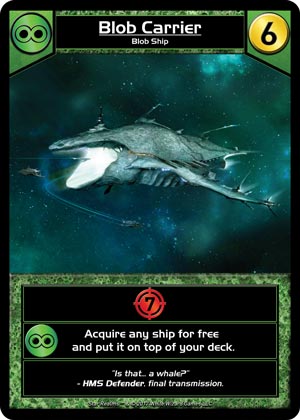
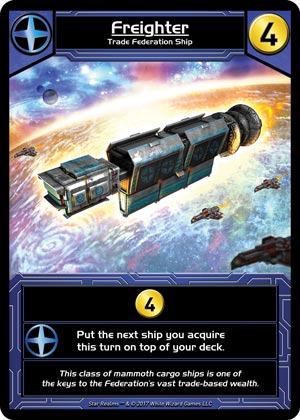

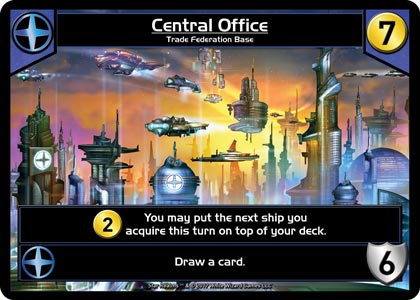
Customs Frigate has a primary ability: “You may acquire a ship of cost four or less and put it on top of your deck.” If you play this as your first ship, it will apply both the ship’s ability and the scenario’s ability to put things on top of your deck. If you want to put two ships on top, acquire the first using another means.
Blob Carrier has an ally ability: “Acquire any ship without paying its cost and put it on top of your deck.” This works just like Customs Frigate — use this ability after acquiring another ship, if you want to put two ships on top of your deck.
Freighter has an ally ability: “You may put the next ship you acquire this turn on top of your deck.” It does not seem to consume the scenario’s rule.
Construction Hauler has an ally ability: “You may put the next base you acquire this turn directly into play.” This ability will not work if the first card you acquire is a base, as the scenario rules will take precedence.
Central Office has a primary ability: “Add 2 Trade. You may put the next ship you acquire this turn on top of your deck.” In this arena, it will always put it on top of your deck. It will also not consume the scenario’s ability, so you will be able to stack two ships on top of your deck if you want.
Each turn should be spent setting up the next turn.
In normal games of Star Realms, you purchase with an eye towards the next shuffle or even an end-game combo. This week, with the unmatched power to stack the top of your deck, you should focus not on the next shuffle but on the next turn. Each player has the ability to determine the terms of the next turn’s fight.
This week is driven by who is buying bases and when, and who is buying base-killers and when. If one person buys a base and the other person doesn’t respond by either having or buying enough damage in their next turn to deal with it, the game is half-over right there. For nearly every base in the format (not you, Defense Station), getting a base to stick for a turn or two can make a massive difference. And it’s much more likely in this format than any other.
Bases you buy this turn will always see play next turn. This means if your opponent doesn’t have combat in their deck for the turn after that, they will be forced to purchase that or risk a runaway base situation they cannot come back from. (Arena veterans will remember runaway bases from earlier this season.) Bases that give trade in the early game are especially powerful: I have converted a turn-two Blob Wheel into a turn three Mothership or Central Office or other 7+ cost card more than once this week, and I’ve won nearly every time I’ve done it.
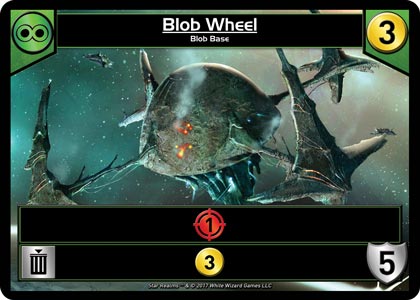

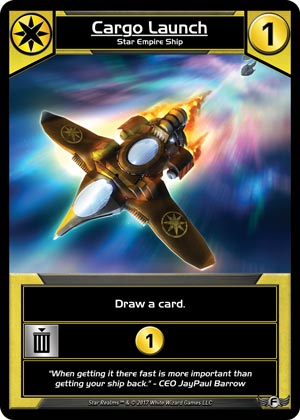
There is no such thing as bad card draw, but you usually don’t want to buy them first.
Being able to draw a card immediately after purchasing it is, obviously, incredibly powerful. Cargo Launch is king! My first purchase each turn is either a card to either respond to my opponent’s purchase (a base killer) or a card that will push my opponent into a purchasing decision (a large base). My second card, if possible, is one that will let me draw a card. While these ships and bases are important, they are rarely more important than dictating the terms of the battle on the next turn.
Aggro will win most games if left unchecked.
Most ally abilities benefit the aggressive player. Because you can look at your deck each turn, you should know which ally abilities are likely to be available to be triggered on your next turn. While the punch/counterpunch method should be the first thing you consider each turn, winning players will also consider setting up these ally abilities on their next turn with their purchases.
It would take hundreds of games to get a meaningful statistic, but from my games so far it feels like ally abilities are twice as likely to trigger than normal. That’s huge!
Scrapping is nice, but no more or less than non-Arena games.
Going first, a turn-one scrapper — especially one that provides trade — is nifty. But I feel that these games are over just a bit too quickly to warrant going out of your way to purchase them. (Brain World is the obvious exception, as always!)
Blob’s trade row manipulation is slightly more important than normal.
In the punch/counterpunch mindset, the ability to deny your opponent a key card is fantastic. My preference would be to deny cards through buying them first, but you can’t always get what you want! If you choose an aggro strategy, buying Battle Pod and/or Spike Pod is a great way to keep those bases out of the trade row — and out of your opponent’s deck!
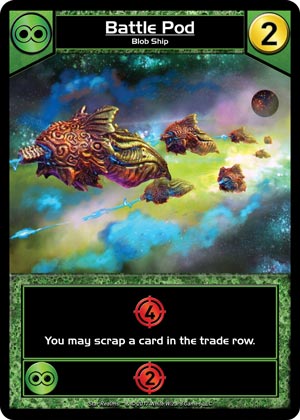
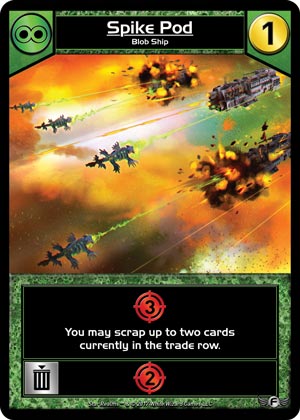
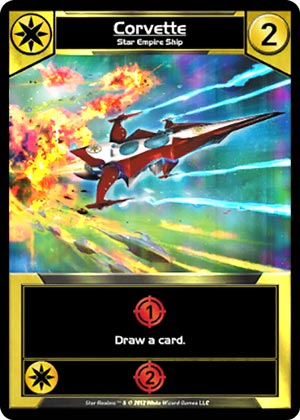
In conclusion…
Reading your opponent is more important in this Arena than any other we’ve seen so far. While I did get my foil Corvette quickly this week (3-2, 6-1 in two runs), it wasn’t easy. Many, many games came right down to the end. Including this game, against fredtoscano, who I got down to 1 Authority before he decided that all of the bases belonged to him. (He came back to win the game.)

Good luck this week, everyone!
The end of the season is upon us with this final week of Season One. This format is my favorite since week one — I view it to be the most skill-testing of the bunch. This week rewards players who respond not only to the trade row, but to their opponent. Welcome to Rapid Production, also known as the Punch/Counterpunch Format.
Rules and Technical Details
 This week’s arena features the Star Realms starter, and both “normal” expansions from Crisis. (Many people in the Star Realms fan community call this format VBF for vanilla, bases, and fleets.) The scenario rule for this week is Rapid Production, which reads: “The first card a player acquires each turn is placed on top of their deck instead of their discard pile.” That rule has many unstated parts to it, and I picked up a loss from not understanding that. Learn from my mistakes!
This week’s arena features the Star Realms starter, and both “normal” expansions from Crisis. (Many people in the Star Realms fan community call this format VBF for vanilla, bases, and fleets.) The scenario rule for this week is Rapid Production, which reads: “The first card a player acquires each turn is placed on top of their deck instead of their discard pile.” That rule has many unstated parts to it, and I picked up a loss from not understanding that. Learn from my mistakes!
The important part of the sentence is that the first card you acquire is placed on top of your deck. How you acquire that card doesn’t matter. There are five cards in the format that change the normal flow of card acquisition, and each interacts with this week’s scenario in unpredictable ways. Here are a list of tricky interactions and how this week’s rule interacts with them:

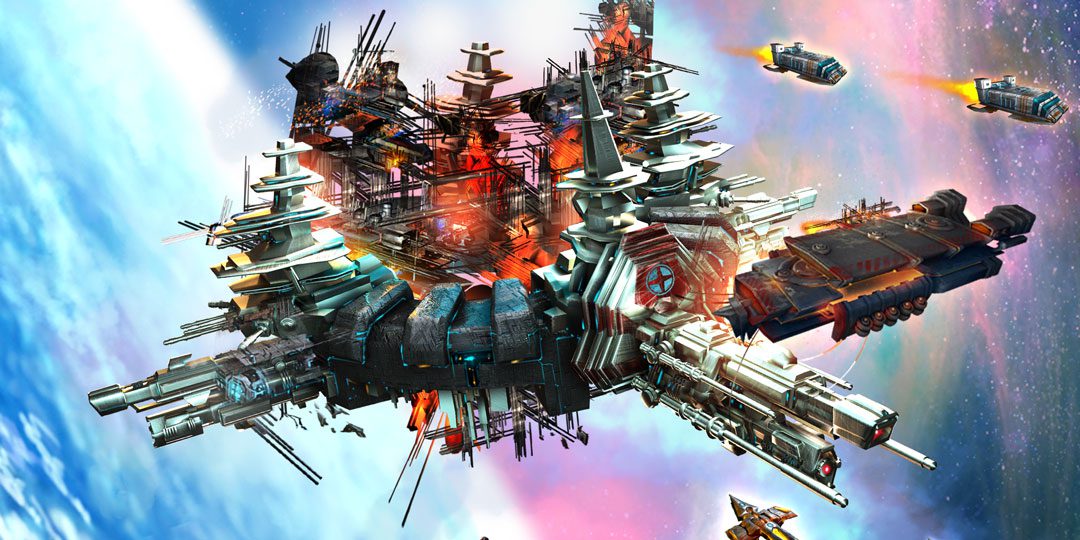
Recent Comments